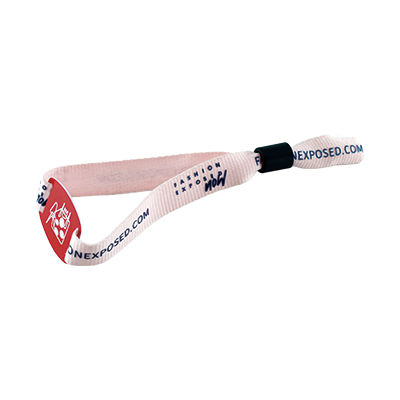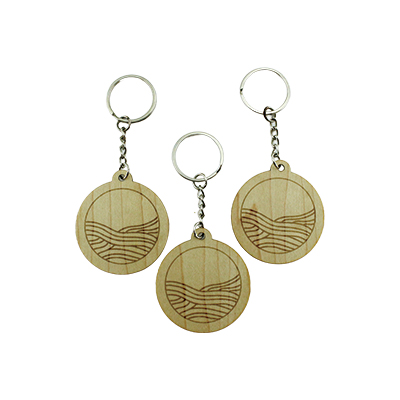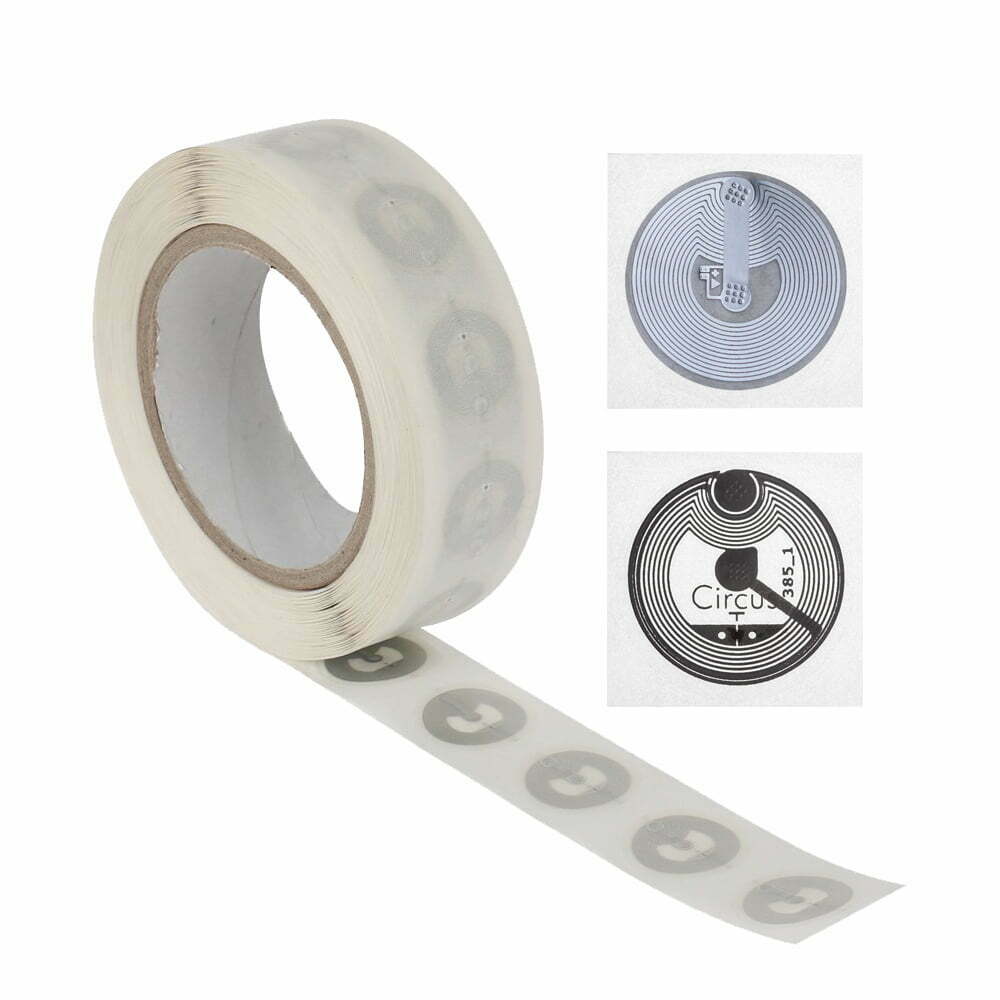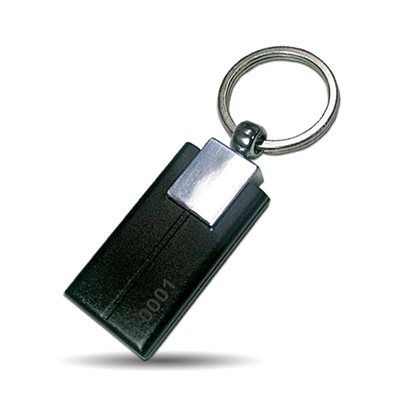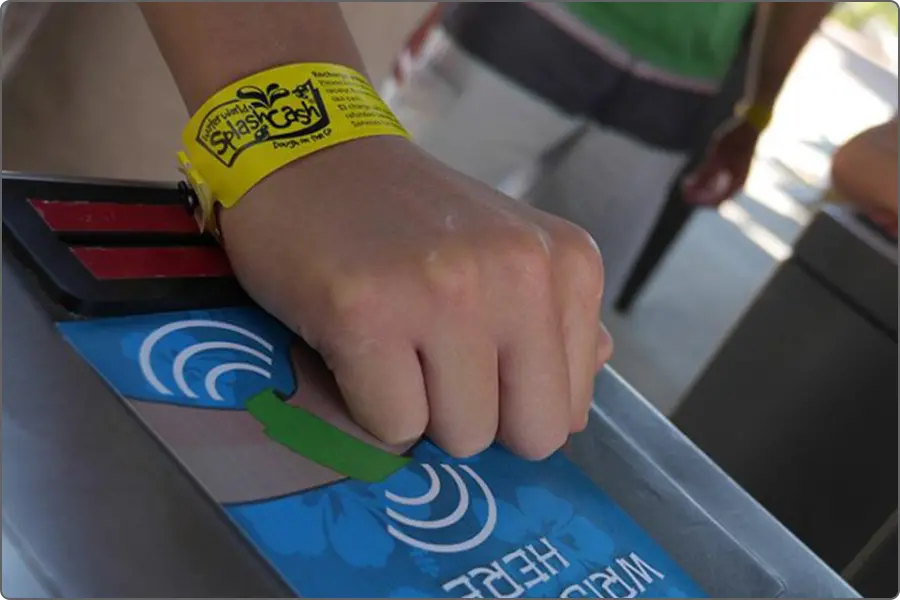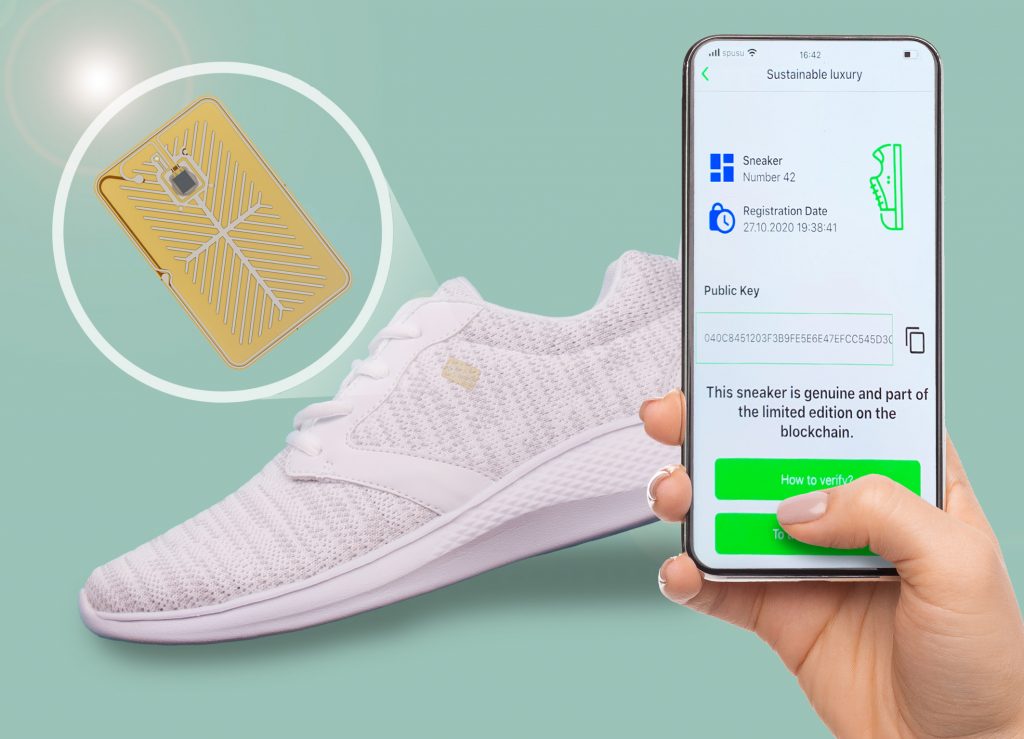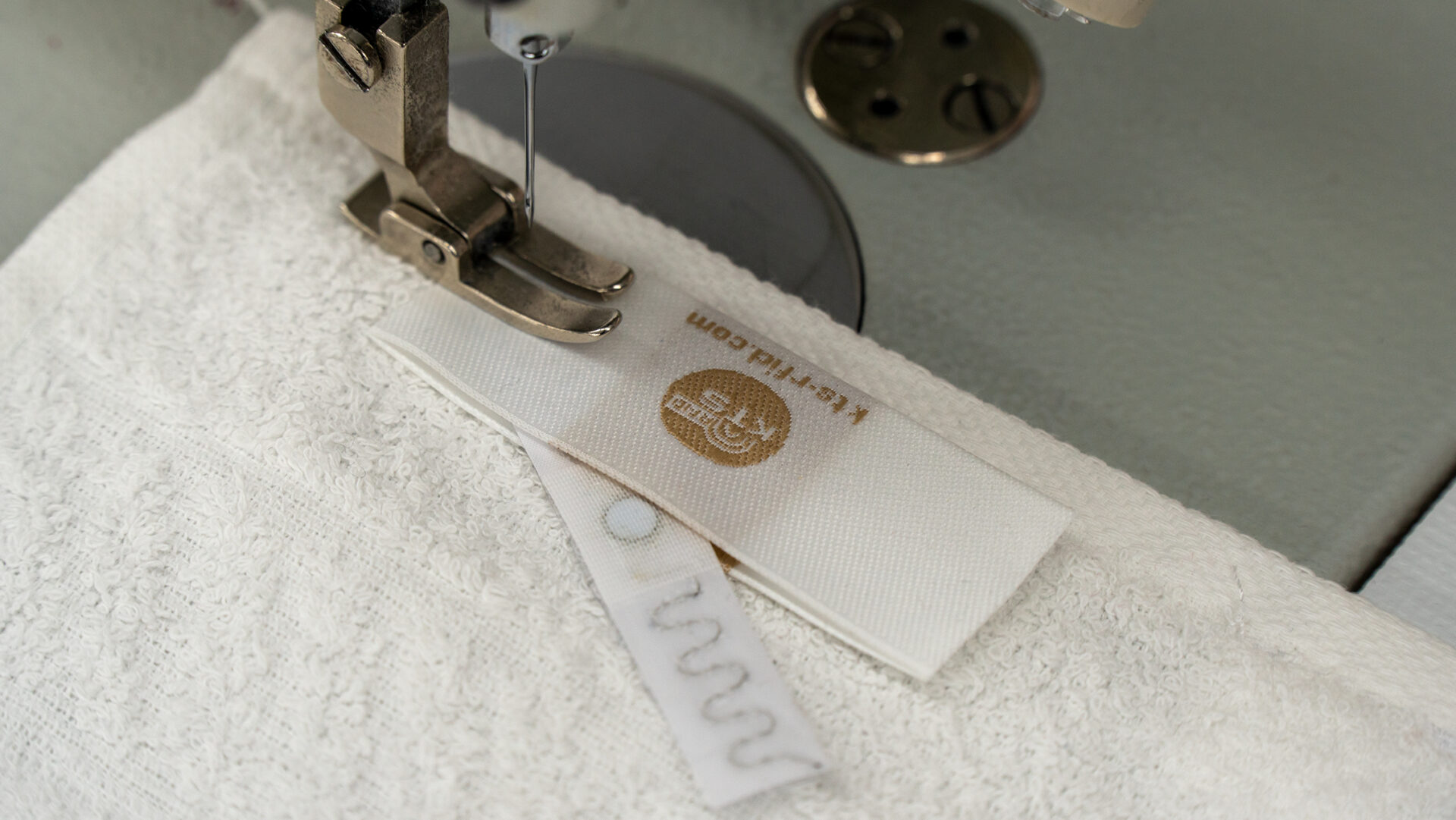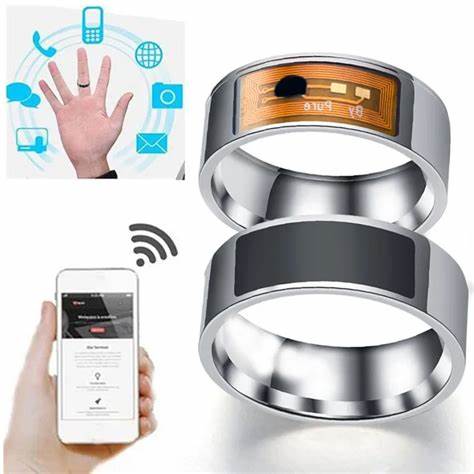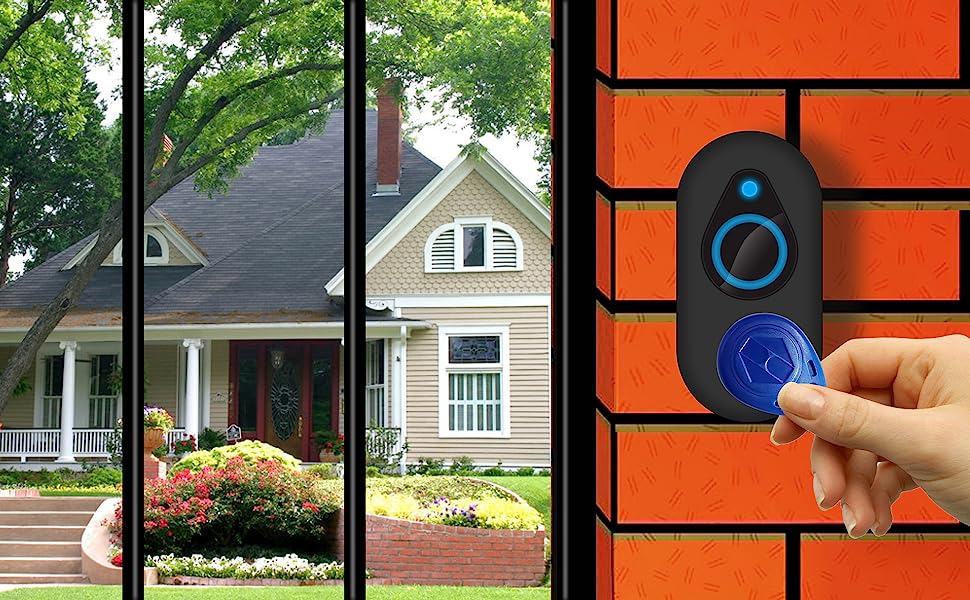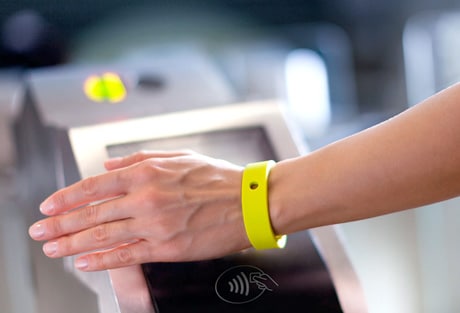Outdoor asset tracking is a challenge across industries. From construction sites to marine environments, businesses lose $50 billion annually due to misplaced or damaged equipment (GE Capital). Traditional barcodes and QR codes fail in harsh conditions, but waterproof NFC tags are changing the game.
With the right NFC tags, you can track assets in rain, snow, saltwater, and extreme temperatures—without compromising performance. This guide breaks down the key parameters, durability test results, and industry-specific recommendations to help you choose the best waterproof NFC tags for your needs.
Key Parameters for Waterproof NFC Tags
a.IP Rating: IP67 vs. IP68
IP67:
Protection: Immersion up to 1 meter for 30 minutes
Best for: Light rain, temporary exposure to water
Example Use Case: Outdoor event tracking
IP68:
Protection: Continuous immersion beyond 1 meter
Best for: Marine environments, heavy rainfall
Example Use Case: Offshore equipment tracking
Pro Tip: For saltwater applications, ensure tags are IP68-rated and made with corrosion-resistant materials like stainless steel.
b.Temperature Range
Standard NFC tags operate between -25°C to 85°C.
For extreme environments, opt for tags with an extended range of -40°C to 125°C.
Example: Arctic oil rigs require tags that function in sub-zero temperatures without cracking.
c.UV Resistance
UV exposure can degrade tag adhesives and materials over time.
Look for tags with UV-resistant coatings or materials like ABS plastic.
Durability Test Results: How Top Brands Perform
We tested leading NFC tags in three harsh conditions:
|
Brand |
Saltwater Immersion (7 days) |
Extreme Heat (85°C) |
Freeze-Thaw Cycles (50 cycles) |
|
Tag A (IP67) |
Failed after 3 days |
Passed |
Failed after 20 cycles |
|
Tag B (IP68) |
Passed |
Passed |
Passed |
|
Tag C (IP68) |
Passed |
Failed after 48 hours |
Passed |
Source: Independent lab testing conducted by NFC Solutions Inc. (2023).
Key Takeaway: IP68-rated tags from Brand B consistently outperformed others in all tests.
Industry-Specific Recommendations
a.Construction: Impact-Resistant Tags
Challenge: Heavy machinery and tools face constant drops and impacts.
Solution: Use NFC tags with ABS plastic casing and shock-absorbing adhesives.
Example: A UK construction firm reduced equipment loss by 30% using impact-resistant NFC tags.
b.Agriculture: Chemical-Resistant Tags
Challenge: Exposure to fertilizers, pesticides, and moisture.
Solution: Opt for tags with epoxy resin coating to withstand chemical corrosion.
Example: A vineyard in California tracked irrigation systems for 5+ years without tag degradation.
c.Marine: Saltwater-Proof Tags
Challenge: Saltwater corrosion and high humidity.
Solution: Choose stainless steel tags with IP68 ratings.
Example: A shipping company improved container tracking accuracy by 40% using marine-grade NFC tags.
ROI Analysis: Why Waterproof NFC Tags Pay Off
|
Cost Factor |
Traditional Barcodes |
Waterproof NFC Tags |
|
Initial Cost per Tag |
0.10–0.50 |
2.00–5.00 |
|
Lifespan |
6–12 months |
5+ years |
|
Replacement Costs |
High (frequent damage) |
Low (durable design) |
|
Total Cost (5 Years) |
1,000–2,500 |
500–1,000 |
Source: NFC Solutions Inc. (2023 Cost-Benefit Analysis).
Get Free Waterproof NFC Samples
Ready to test waterproof NFC tags in your environment? We’re offering samples of our top-performing IP68-rated tags.
👇 Click to Request Samples:
[Request Free Waterproof NFC Samples]



